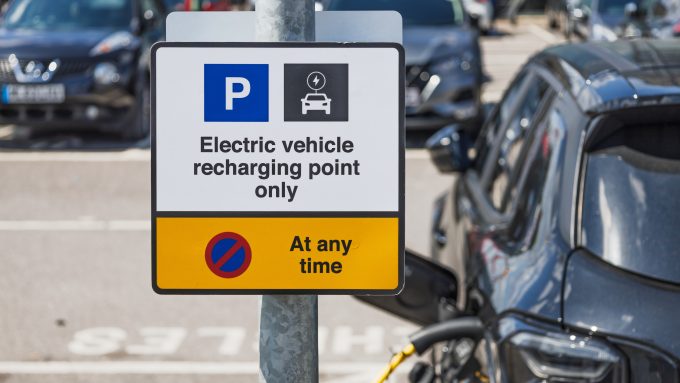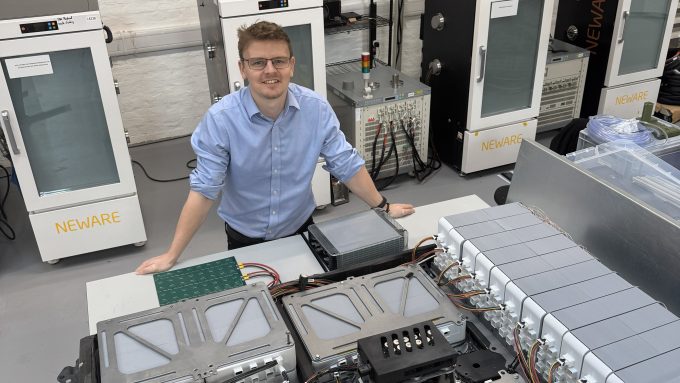
Challenging Procurement

Ask pioneering place leaders why they are not harnessing the creativity and innovation opportunities of the market to solve their pressing service and policy challenges and you will often get the response: “Procurement policy doesn’t allow it”.
In early 2019 we launched the Challenging Procurement initiative to understand and dismantle barriers to the effective use of procurement as a lever for innovation in the public sector. Over a period of 24 months we convened diverse stakeholders through roundtables and webinars, generated case studies and published reports on innovation-friendly procurement practice.
During this time, we published articles from Solace – the Society for Local Authority Chief Executives – and the CBI, a report and webinar on the role of procurement in responding to Covid, and a report for FCO Brazil on global best practise in public procurement, which we subsequently updated for a UK audience.
In parallel to this work building the case for change, Connected Places colleagues were also working with large public buyers like Network Rail and National Highways to support them in running challenge-based Design Contests, introducing innovation to their supply chains.
In May 2021 we launched the Consortia for Research in Innovative and Strategic Public Procurement (CRISPP), a co-funded academic collaboration between Connected Places Catapult, the Manchester Institute of Innovation Research and WM-REDI at the University of Birmingham. Through CRISPP we sought to quantify the impact of different approaches to procurement by analysing open and commercially licenced procurement data sets, and by convening an expert advisory group.
CRISPP showed that as a country we lack the data, analysis and impact evaluation case studies to sufficiently understand the adoption and diffusion effects of innovation procurement – or make a compelling case for its greater use.
As noted in the Government’s Innovation Strategy, tackling these barriers will require investments in building the capability and capacity of public servants to incorporate innovative procurement practices into their organisations and the development of impact evaluation to track effectiveness. This analysis bore true in our own experiences: while further Design Contest projects were secured with Network Rail and National Highways, there was poor take-up among other public organisations.
Using this analysis we provided input to the Government’s proposed procurement reforms, resulting in close engagement with officials from the Cabinet Office and the former Department for Business, Energy & Industrial Strategy.
Outside of the UK, a growing number of countries and provinces have established competence centres or knowledge hubs to promote the use of procurement as a tool for innovation. In early 2022 we published research into these centres, finding a strong correlation between the existence of such agencies and the effective use of public procurement as a tool for identifying and introducing innovation.
You can find all the reports, insights and guidance produced since 2019 at our Smarter Spending Hub.
Building on this knowledge and expertise, in late 2022 we launched the Innovation Procurement Empowerment Centre (IPEC). Through IPEC we will scale our efforts to upskill public sector buyers in innovation friendly procurement approaches.
Visit the IPEC microsite to find out more and to sign up for updates about the practical support available from Connected Places Catapult and its partners, thought leadership and reports which support the case for change in procurement approaches, and to get involved with collective action.





